Hidden connection of the washing machine
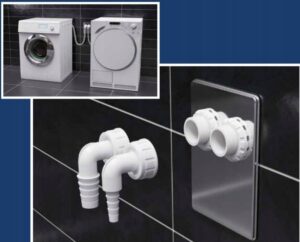 Often, modern users of household appliances spend a lot of time ensuring that their “home assistants” do not spoil the stylish design of their apartment or house. Hidden connection of a washing machine is one of the effective ways to achieve laconic minimalism in design without overloading with unaesthetic communications. To hide hoses in the wall or simply in special niches, you need special fittings and a siphon, which we will talk about in today’s publication.
Often, modern users of household appliances spend a lot of time ensuring that their “home assistants” do not spoil the stylish design of their apartment or house. Hidden connection of a washing machine is one of the effective ways to achieve laconic minimalism in design without overloading with unaesthetic communications. To hide hoses in the wall or simply in special niches, you need special fittings and a siphon, which we will talk about in today’s publication.
What is needed for a closed connection of the washing machine?
First of all, you will need a special siphon, as well as a chrome-plated tee tap. This will allow for a hidden connection to the water supply and sewerage system. You can find these supplies at any hardware store.
Experts recommend a special Miano hidden siphon. It is quite inexpensive, well-built and works well for many years. It has many advantages.
- It must be mounted directly into the wall, which is why the drain will be as close to the wall as possible, which means it will take up a minimum of free space.
- It has a revision, which is why access to the siphon will remain even in the event of a blockage.
- It is equipped with a functional connection fitting to which you can connect drain hoses from washing machines and dishwashers of different diameters.
As for the tee tap, it should also be difficult. First of all, it must be bent 90 degrees - this will allow the filling hose of household appliances to run along the wall. It should also look nice and fit the overall style of the apartment, since this element remains visible.
Niche for communications
The corresponding niche for communications in apartments and houses is equipped in different ways. Most often, builders make a niche in the tiles. The wall next to which the washing machine will be located is built from below from a thicker layer of mortar, since the niche must be deep enough to accommodate a siphon and pipes. The niche itself is created one tile wide, as well as along the length of the siphon, but slightly lower than the height of the washing machine. At the very bottom, the niche should be slightly larger than the diameter of the drain pipe - this will allow installation along the pipe for hot and cold water.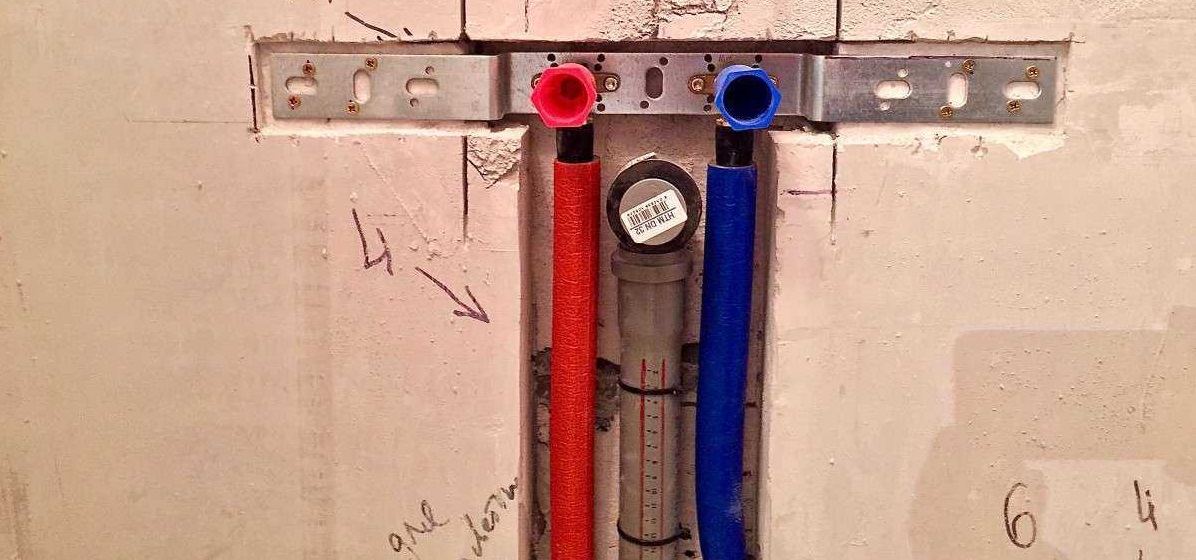
When the routing of all pipes is completed, the niche should either be covered with mortar followed by laying tiles, or hidden with a small plastic box of a color matching the tiles in the bathroom. The second method is much more practical, because you don’t have to break the mortar with tiles if the pipes burst or another emergency situation occurs. If something happens to the communications, you can quickly remove the box and begin eliminating the emergency.
We connect the machine to the water supply and sewerage
When the niche is prepared, all that remains is to install the washing machine and connect it to all communications. First, let's take care of the sewer connection.
- Find the outlet of the tee tap in the niche, prepared for the washing machine.
- Install a rubber cuff for your siphon into it. This collar will prevent the connection from breaking and thus flooding your floors with dirty water.
- Now position the siphon so that its fitting comes out of the plastic plug.
- Bend the tube into an elbow to create a liquid plug that will prevent unpleasant sewer odors from entering your home in the future.
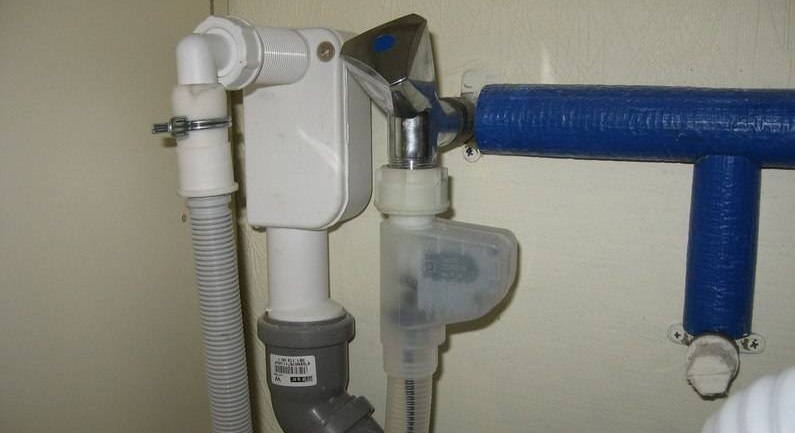
- Attach the revision to the wall using special holes, making sure that the revision cover goes out and is always freely accessible.
- Close the niche, and if necessary, fit the plastic plug to the revision cover.
- Make sure there are no gaps that will spoil the appearance of the house.
- If everything is in order, then connect the filling hose of the washer to the siphon fitting, which is visible above the plastic plug.
If you are not sure about the correctness of a particular action, you can always clarify the information in the official user manual, which describes in detail connecting the “home assistant” to communications.
Now let's move on to water supply. Most often, users connect the “home assistant” to cold water, but sometimes there are exceptions. A number of household appliances can be connected to hot water, but this is not practical for the following reasons:
- hot tap water is dirtier than cold water, so all household appliance filters will become clogged much faster;
- Such water is also harder, which will affect not only the quality of washing and the consumption of softening detergents, but will also shorten the service life of a number of key components of the washing machine.

In a situation where the equipment manufacturer recommends connecting the device to cold water, then this should be done, without even considering other options. Connection to the water supply is as follows:
- in a prepared niche with a plastic box, you need to remove the protruding plug in order to unscrew the adapter from the tee tap;
- under the plug you will see a cold water pipe nut, to which you need to screw the adapter and install the plastic plug in place;
- Screw the faucet to the thread of the adapter, and the filling hose of the washing machine to it.
Afterwards, all that remains is to check the operation of the machine, as well as the correct connection to all communications. If nothing flows during the idle operating cycle and the equipment operates properly, then the installation was successful.
Interesting:
Reader comments
- Share your opinion - leave a comment
Categories
Washing machine repair


For buyers

For users

Dishwasher

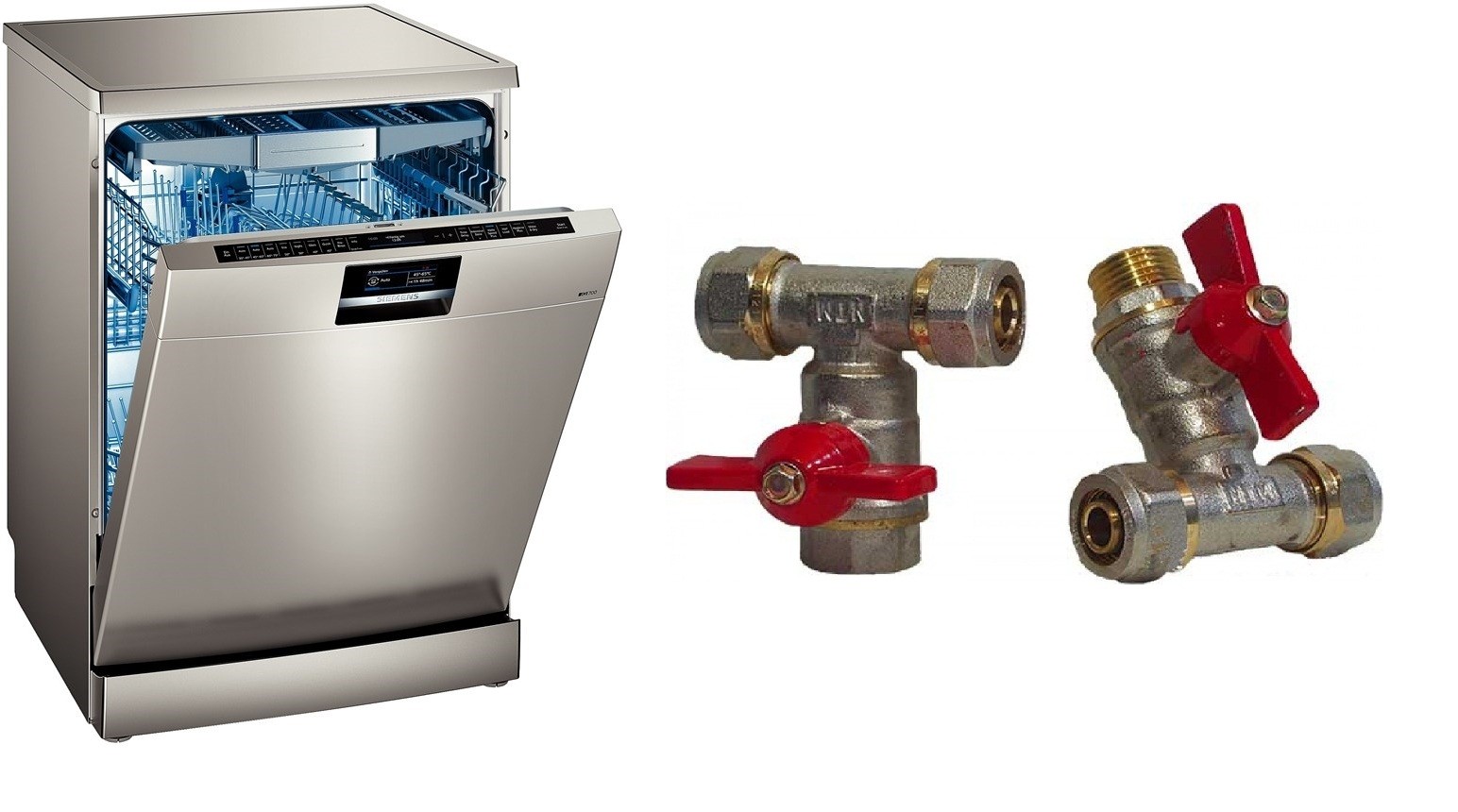
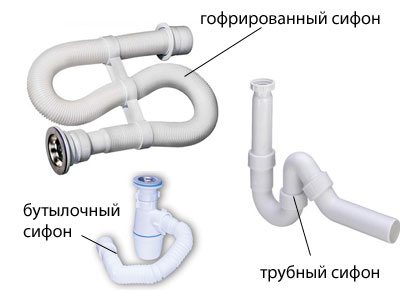


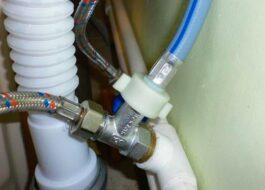
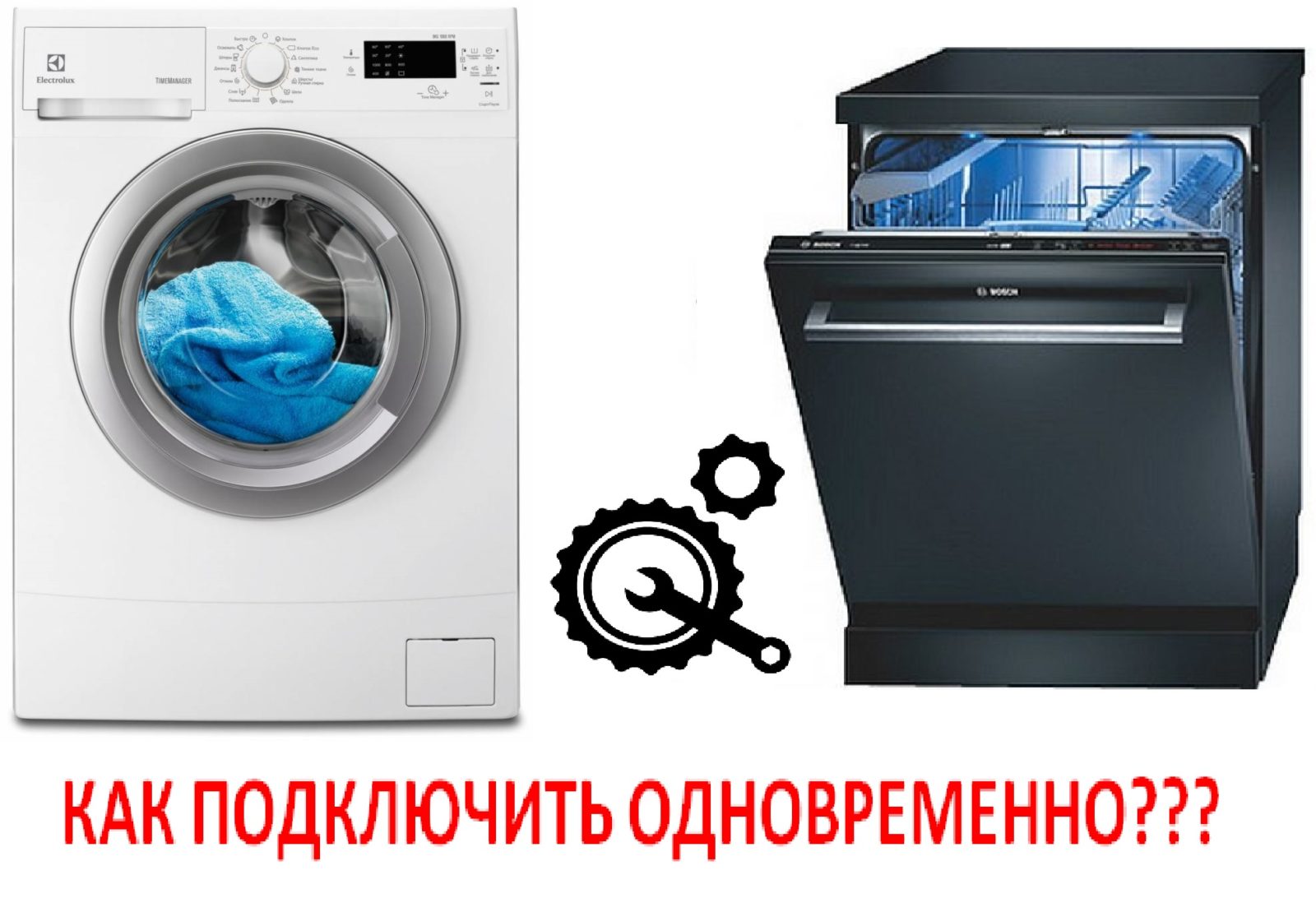










Add a comment